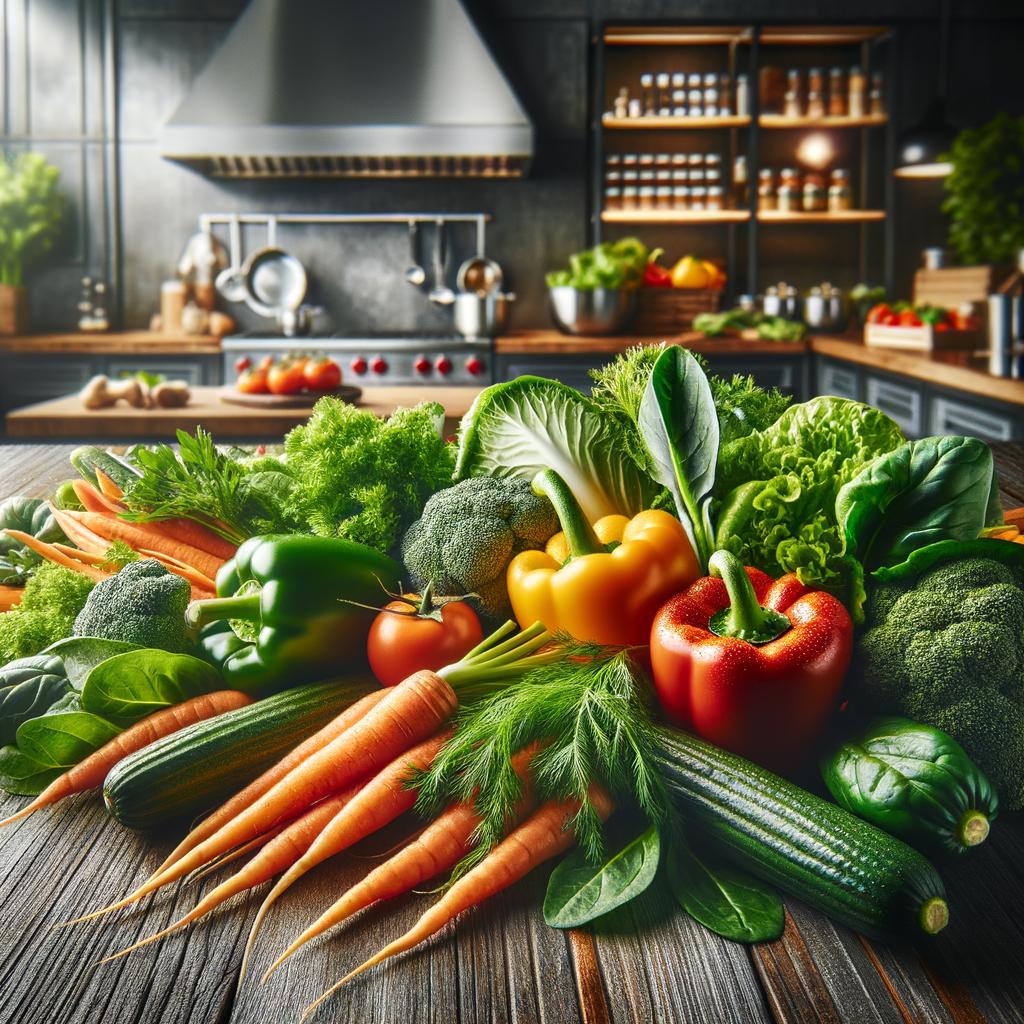Vegetables

Description
Vegetables, the vibrant gifts from Mother Earth, are as diverse as the lands from which they spring. Each variety, from the humble potato to the exotic artichoke, boasts its own unique appearance, texture, and flavor profile. They paint a palette of colors from the verdant green of spinach to the fiery red of bell peppers, the sunny yellow of corn, and the earthy brown of mushrooms. Textures range from the satisfying crunch of fresh carrots to the tender melt-in-your-mouth feel of steamed broccoli. The flavor profiles are equally varied, from the sweet earthiness of beets to the peppery kick of radishes, the bitterness of kale, and the umami richness of tomatoes. What sets vegetables apart is their ability to adapt and enhance, to be both the star and the supporting cast in a variety of dishes.
Primary Uses
Vegetables are the backbone of cuisines worldwide. They can be enjoyed raw in salads, cooked in a myriad of ways, or even fermented, as in the case of Korean kimchi or German sauerkraut. They are the key components in dishes from the simple comfort of mashed potatoes to the complex layers of a ratatouille. Beyond their culinary uses, vegetables are also significant in various cultures. For instance, the yam holds a sacred place in African and Asian cultures, while corn is central to Native American traditions. Vegetables also have numerous medicinal uses, with many like garlic and ginger known for their healing properties.
History
The history of vegetables is as rich and varied as the vegetables themselves. Each has a story to tell, from the potatoes that sustained the Incas in the Andean mountains, to the tomatoes that were once thought poisonous in Europe, only to become a cornerstone of Italian cuisine. The evolution of vegetables' popularity is fascinating, with once overlooked vegetables like kale and Brussels sprouts now enjoying a renaissance in modern cuisine. Folklore and myths abound, like the ancient Greek belief that eating beets could ensure a long life, or the Japanese legend that eating eggplant in early August brings good health.
Nutritional Information
Vegetables are nutritional powerhouses, packed with a plethora of vitamins, minerals, and fiber, while being low in calories. They are excellent sources of antioxidants and phytochemicals, which are known to reduce the risk of chronic diseases. For instance, spinach is rich in iron and calcium, while bell peppers are high in vitamin C. Compared to similar food groups, vegetables often offer more nutritional benefits. For example, potatoes, when eaten with their skin, provide more potassium than bananas. However, it's important to remember that each vegetable has its unique nutritional profile and offers a mix of nutrients, making it essential to include a variety of vegetables in our diet for optimal health.

